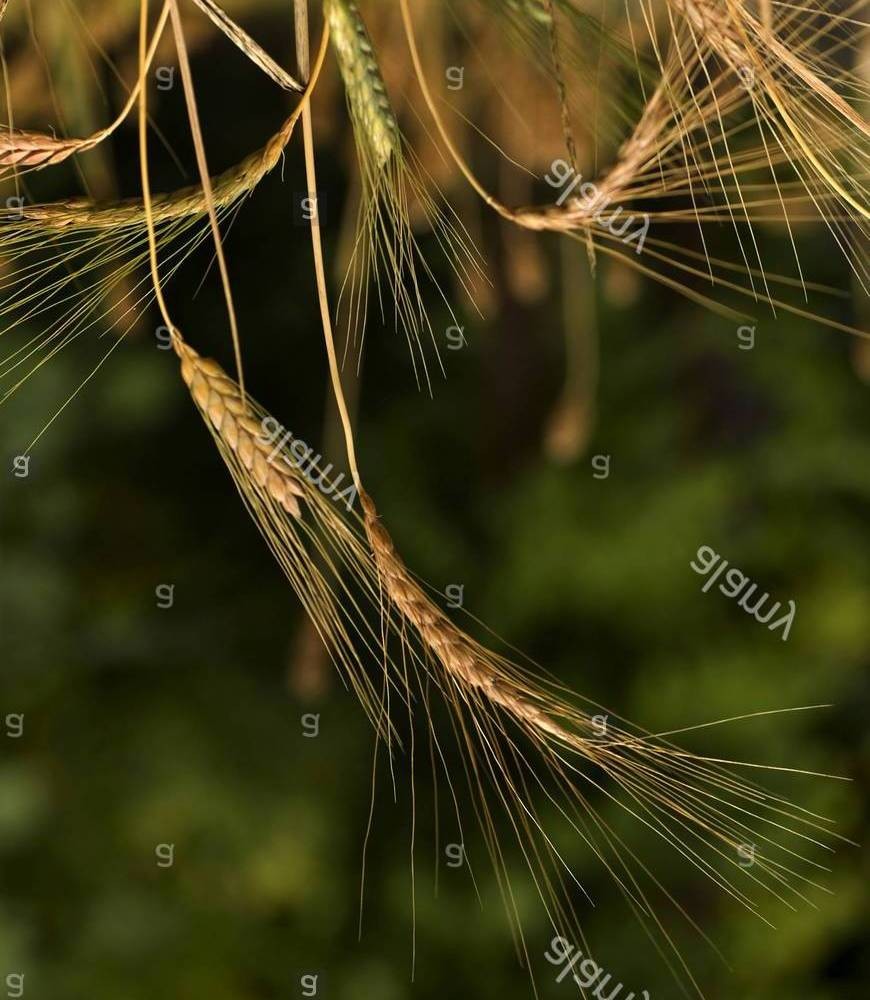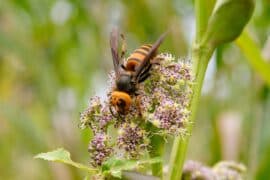Durum wheat
(Triticum turgidum durum)

Description
Durum wheat, also called pasta wheat or macaroni wheat (Triticum durum or Triticum turgidum subsp. durum), is a tetraploid species of wheat. It is the second most cultivated species of wheat after common wheat, although it represents only 5% to 8% of global wheat production. It was developed by artificial selection of the domesticated emmer wheat strains formerly grown in Central Europe and the Near East around 7000 BC, which developed a naked, free-threshing form. Like emmer, durum wheat is awned (with bristles). It is the predominant wheat that grows in the Middle East. Durum in Latin means "hard", and the species is the hardest of all wheats. This refers to the resistance of the grain to milling, in particular of the starchy endosperm, implying dough made from its flour is weak or "soft". This makes durum favorable for semolina and pasta and less practical for flour, which requires more work than with hexaploid wheats like common bread wheats. Despite its high protein content, durum is not a strong wheat in the sense of giving strength to dough through the formation of a gluten network. Durum contains 27% extractable wet gluten, about 3% higher than in common wheat (T. aestivum L.). Durum wheat is a tetraploid wheat, having 4 sets of chromosomes for a total of 28, unlike hard red winter and hard red spring wheats, which are hexaploid (6 sets of chromosomes) for a total of 42 chromosomes each. Durum wheat originated through intergeneric hybridization and polyploidization involving two diploid (having 2 sets of chromosomes) grass species: T. urartu (2n=2x=14, AA genome) and a B-genome diploid related to Aegilops speltoides (2n=2x=14, SS genome) and is thus an allotetraploid (having 4 sets of chromosomes, from unlike parents) species. Commercially produced dry pasta, or pasta secca, is made almost exclusively from durum semolina. Most home made fresh pastas (pasta fresca), such as orecchiette and tagliatelle, also use durum wheat or a combination of soft and hard wheats. Husked but unground, or coarsely ground, it is used to produce the semolina in the couscous of North Africa and the Levant. It is also used for Levantine dishes such as tabbouleh, kashk, kibbeh, bitfun and the bulgur for pilafs. In North African cuisine and Levantine cuisine, it forms the basis of many soups, gruels, stuffings, puddings and pastries.
Taxonomic tree:







